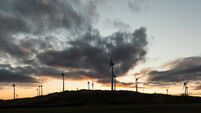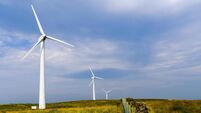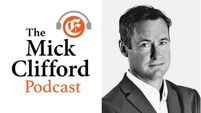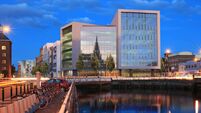John Gibbons: East Cork solar farm row shows politicians must get off the fence on renewables
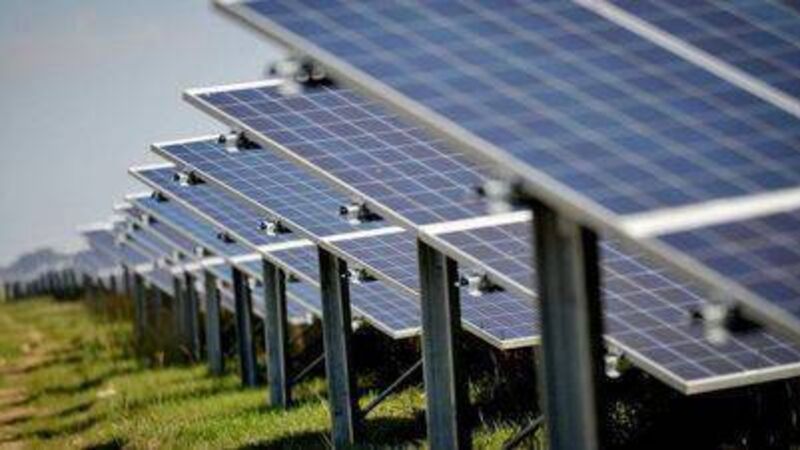
Last summer, peak solar power on the Irish grid was the equivalent of the output of three gas-fired power stations. File picture
One of the best news stories for Ireland this decade has been the outstanding success of our fledgling solar industry.
Five years ago, it was virtually non-existent, yet today, over 100,000 households are selling electricity back to the grid, with this number increasing at the rate of 750 a week. Ireland is on track to have a whopping 8 GW of solar deployed nationally by 2030, mostly supplied by commercial solar farms.
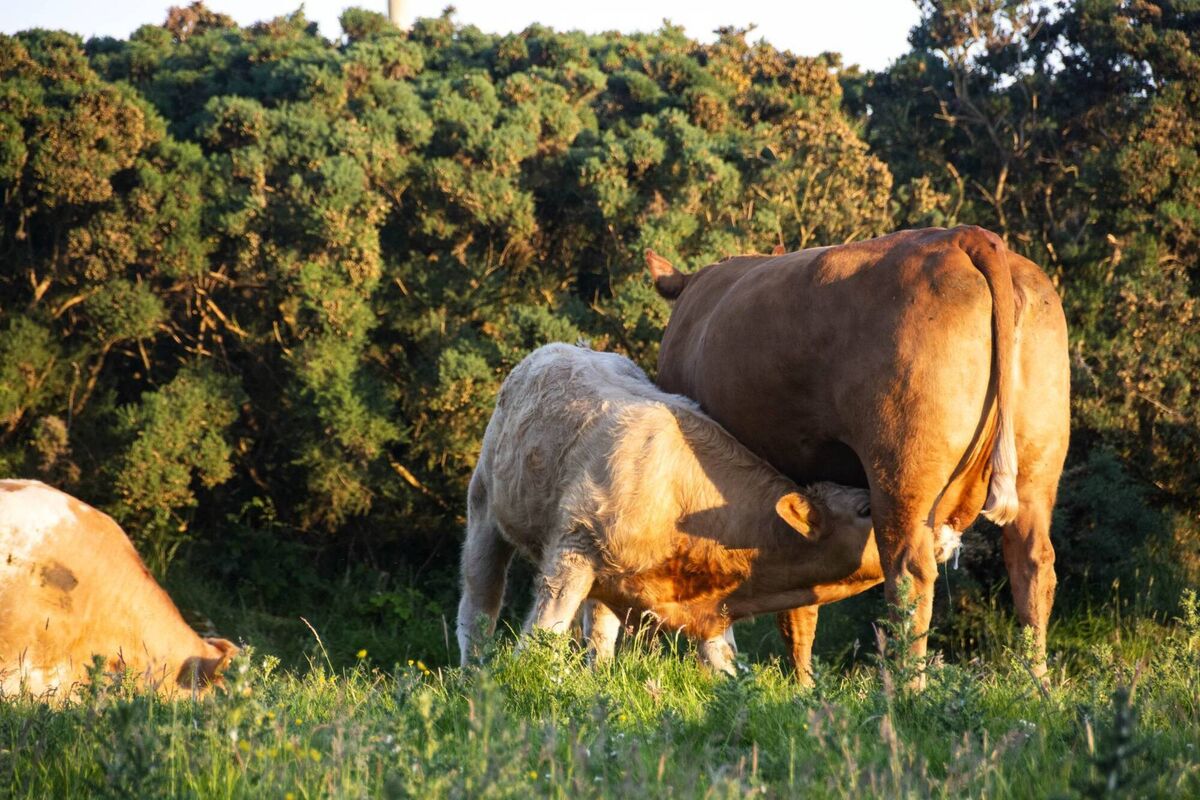
Last summer, peak solar power on the Irish grid was the equivalent of the output of three gas-fired power stations. To hit our 2030 targets and help wean Ireland off its chronic dependence on imported climate-destroying fossil fuels, we are going to need to step up our ambition, and that requires getting our politicians four-square behind this great national bid for energy security.
In the Dáil in March, Taoiseach Micheál Martin was adamant that what he called the “game changer” for Ireland would be “our success and the pace at which we can deliver offshore renewables and solar power”.
CLIMATE & SUSTAINABILITY HUB
However, just a few months earlier, then Tánaiste Martin was highly critical of the impact of large solar farms, warning last October against “40 shades of green being replaced with 40 shades of grey” as he claimed our countryside risks being festooned with solar panels.
Small wonder that the public and indeed the energy industry are confused as to whether or not Irish politicians actually support clean energy.
How accurate was Martin’s portrayal of our green fields being blighted by solar panels? According to the government’s own estimates, to fully meet our 2030 solar targets would require around 12,000 hectares of land.
If that sounds like a lot, it is in fact just 0.3% of Ireland’s total farmland, or not much more than is used for golf courses. Put it another way, 99.7% of Ireland’s green fields will be just as green in 2030.
A flashpoint of controversy has arisen in East Cork with the recent announcement that the Greenhills farm has entered a long-term solar lease. It had until recently been milking over 1,000 dairy cows.
Its conversion to solar will see this one farm produce enough electricity to power over 50,000 homes annually, while also avoiding thousands of tonnes of damaging carbon emissions.
The farm family will have a secure long-term income and the land will be ‘rested’ under the solar panels, which only occupy around a fifth of the total area of the farm, and sheep grazing could, if they wished, take place under the panels.
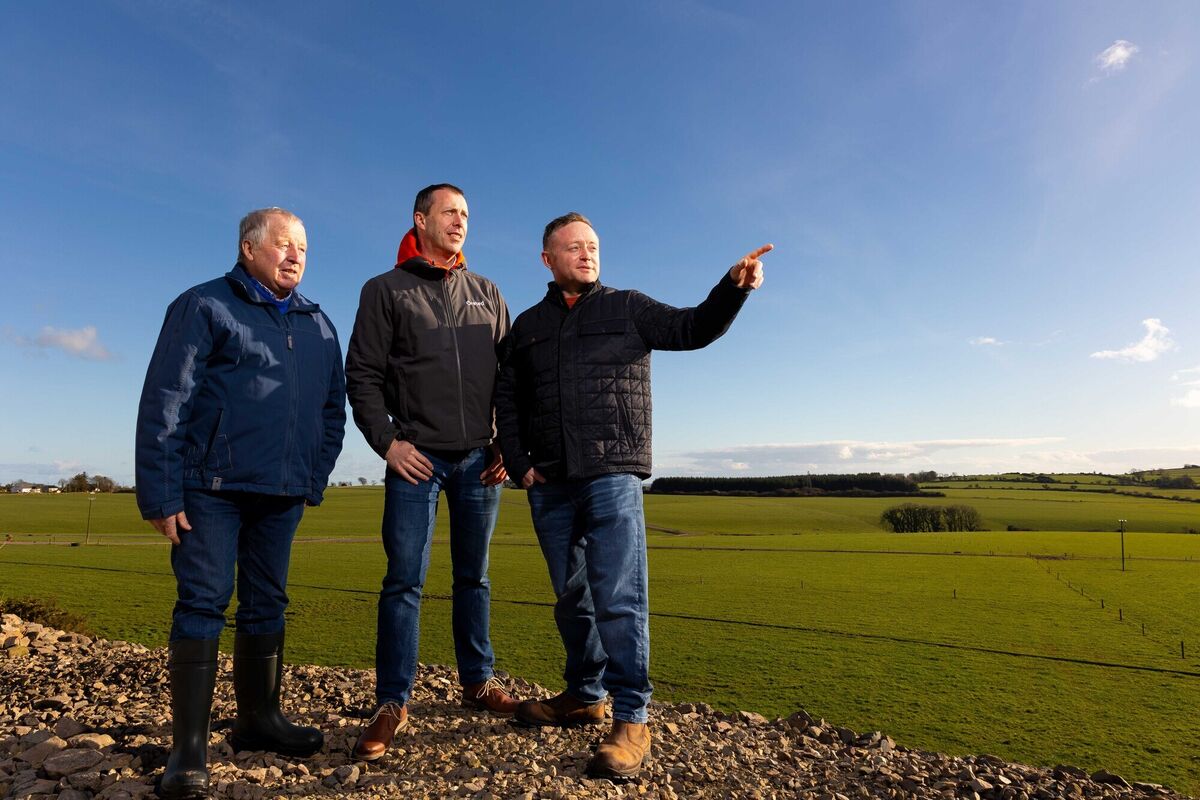
The effects locally will be dramatic: removing 1,000 dairy cows means a sharp drop in the powerful greenhouse gas, methane, as well as toxic nitrous oxide and ammonia. It will also ease pressure on the local watercourses from the thousands of tonnes of slurry this herd would have spread across the landscape, plus the imported chemical nitrogen used to boost grass growth.
What’s more, international studies have found solar farms to support far more biodiversity than the surrounding farmland.
Local Fianna Fáil TD – and dairy farmer – James O’Connor denounced the move as leading to “devastating consequences for the dairy industry”, claiming that solar farms offer “appalling” returns to the local community. He believes this shift in land use could “undermine” the dairy industry.
Quite how the loss of one third of 1% of farmland could trigger such catastrophic consequences is a mystery.
In the Dáil, O’Connor denounced the “rampant growth” in solar farms. However, the actual rampant growth in rural Ireland in the last decade has been the untrammelled increase in the dairy herd, bringing a host of harmful consequences that are real, not imaginary.
Micheál Martin also alluded to the need to balance solar power with food security, yet 90% of our dairy production is for export markets, thus contributing very little to national food security.
Ireland, on the other hand, is a net importer of over €1 million of fossil fuels every hour, or nearly €10 billion a year. Surely cutting this massive import bill by developing clean, secure and locally produced energy is at least as much a national priority as providing bulk powdered milk to Chinese mums?

We also import four fifths of all the food we eat, as well as millions of tonnes of animal feed annually, so if we are truly worried about addressing food and energy security on this island, we have to take a long, hard look at our grossly oversized livestock sector.
We need far more diversification, not less, whether it is into solar farming, horticulture, tillage, agroforestry or organic systems generally.
In a surprise intervention, Climate minister, Darragh O’Brien asked those objecting to the East Cork solar farm to “reflect on what they are doing…people need to see the bigger picture and think bigger”. He’s not wrong.
- John Gibbons is an environmental writer and commentator





